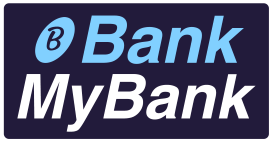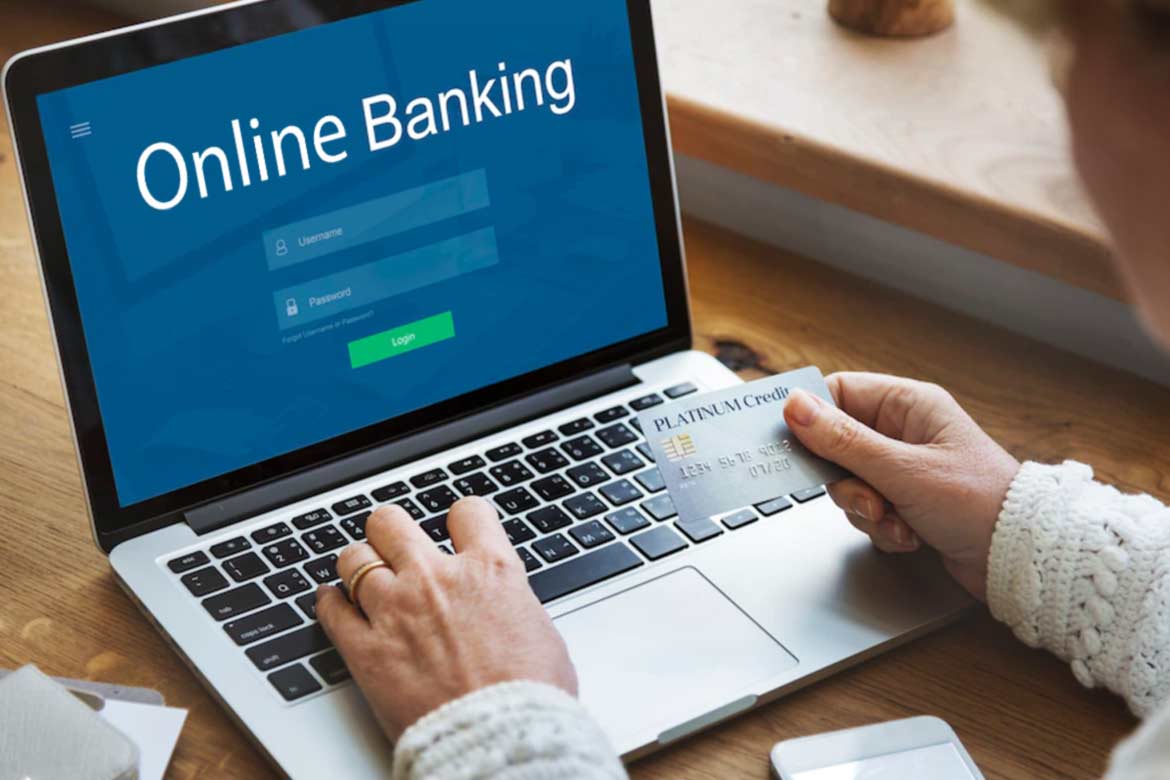An online bank, also known as a digital bank or Internet bank, is a financial institution that conducts its operations primarily or entirely over the Internet. Unlike traditional brick-and-mortar banks, online banks do not have physical branches where customers can visit in person. Instead, they rely on online platforms, mobile apps, and other digital tools to provide banking services to their customers. Here’s how an online bank works:
Account Opening:
To open an account with an online bank, you typically visit the bank’s website or download their mobile app.
You provide personal information, such as your name, address, social security number (or equivalent), and other necessary details.
You may need to upload documents for identity verification, such as a photo ID and proof of address.
Once your application is approved, you will receive your account details, including your account number and login credentials.
Read More: NBCFDC General Loan Scheme
Deposits and Funding:
You can fund your online bank account by transferring money from an existing bank account, setting up direct deposits, or depositing checks through a mobile check deposit.
Online banks often provide a variety of deposit account options, including savings accounts, checking accounts, certificates of deposit (CDs), and more.
Managing Your Account:
Access to your account is primarily through the bank’s website or mobile app.
You can check your account balances, view transaction history, transfer funds between accounts, and pay bills online.
Many online banks offer digital tools and budgeting features to help you manage your finances effectively.
Customer Support:
Online banks typically provide customer support through online chat, email, or phone.
Some online banks may have limited phone support hours compared to traditional banks with physical branches.
Interest Rates and Fees:
Online banks often offer competitive interest rates on savings accounts and CDs because they have lower overhead costs compared to traditional banks.
They may also have lower or no fees for various services, such as monthly maintenance fees or ATM fees. However, it’s essential to review the fee structure of your chosen online bank.
Security:
Online banks prioritize security and employ encryption protocols to protect your personal and financial information during online transactions.
They may also use multi-factor authentication (MFA) to enhance security.
Mobile Banking:
Most online banks offer mobile apps that allow you to access your accounts, deposit checks, and perform other banking tasks from your smartphone or tablet.
ATM Access:
Online banks often partner with ATM networks to provide their customers with access to ATMs for cash withdrawals and deposits.
Some online banks reimburse ATM fees incurred at out-of-network ATMs.
Account Services:
Online banks offer various financial services, including loans, credit cards, and investment products.
They may also provide features like bill pay, peer-to-peer (P2P) payments, and external fund transfers.
Regulation and Insurance:
Online banks may be subject to regulation by governmental bodies and insurance by organizations like the Federal Deposit Insurance Corporation (FDIC) in the United States, just like traditional banks. FDIC insurance typically covers deposits up to a certain limit per account.
Read More: New Lamborghini Lanzador electric 4 door concept unveiled
How Are Your Funds Protected by Online Banks?
Online banks prioritize security to protect your money and personal information from unauthorized access and fraud. They implement a range of measures to ensure the safety of your accounts. Here are some of the key security measures that online banks typically take:
Encryption: Online banks use encryption protocols like SSL (Secure Sockets Layer) or TLS (Transport Layer Security) to secure data transmitted between your device and their servers. This encryption ensures that your sensitive information, such as login credentials and account details, remains confidential.
Multi-Factor Authentication (MFA): Many online banks require users to go through multi-factor authentication when logging in. MFA involves providing multiple forms of identification, such as a password and a one-time code sent to your mobile device. This adds an extra layer of security by making it more difficult for unauthorized users to access your account.
Secure Password Policies: Online banks encourage or require customers to use strong, unique passwords. They often enforce password complexity rules, such as a combination of letters, numbers, and special characters. They may also prompt you to change your password regularly.
Security Questions and Answers: Some online banks employ security questions to verify your identity during login or when conducting certain transactions. These questions can provide an additional layer of protection.
Biometric Authentication: Many mobile banking apps offered by online banks support biometric authentication methods like fingerprint recognition or facial recognition. These biometric features make it more difficult for unauthorized users to access your accounts.
Account Lockout and Suspicious Activity Monitoring: Online banks often have mechanisms in place to detect and respond to suspicious login attempts or activities. If multiple failed login attempts occur, your account may be temporarily locked to prevent unauthorized access.
Email and Text Alerts: Online banks allow you to set up account alerts that notify you of specific activities or changes in your account, such as large withdrawals, low balances, or login attempts from unrecognized devices.
Firewalls and Intrusion Detection Systems: Online banks deploy robust firewalls and intrusion detection systems to protect their servers and networks from cyberattacks. These security measures help prevent unauthorized access and data breaches.
Regular Security Audits: Online banks conduct regular security audits and assessments to identify vulnerabilities and weaknesses in their systems. These audits help them proactively address potential security risks.
Fraud Detection and Prevention: Online banks use sophisticated fraud detection algorithms and machine learning models to monitor transactions and identify unusual or suspicious activity. They may contact you if they detect potentially fraudulent transactions.





